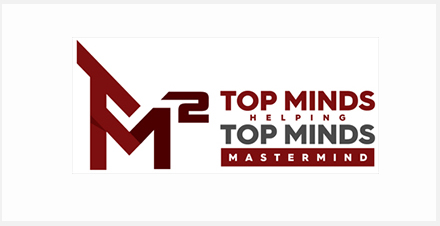Goals are one of the most important growth strategies in management. Businesses benefit from setting goals in many different ways. Keep in mind that creating effective goals takes time. Also, setting them is a minimal part of what will need to be done to reach them.
Why Goal Setting is Important
Strategic goal setting gives a business and its workers objectives that bring them together. These goals should inspire workers and keep everyone heading down the right path.
In a business, managers should help employees coordinate their tasks. If employees share goals, it will help you keep several projects moving toward completion. When a business uses goal-setting strategies, it may inspire workers to perform at a higher level. Be sure to set goals that are challenging but not overwhelming.
Growth strategies will help you make sure that your staff completes their work on time. This will ensure that your company:
• Meets its deadlines
• Makes the most of market opportunities
• Provides high-quality customer service
How to Set Goals
To set goals, ask questions like:
• What customer need is the company attempting to meet?
• Why is the company attempting to meet the need?
• How is the company going to meet the need?
• What are the company’s risks, strengths, opportunities, and weaknesses?
Use these questions to develop realistic goals. Goals are more than wishful thinking. They are specific objectives that are realistic, quantifiable, and on a timeline. Think of goals like stair steps that lead to a particular mission. Goals turn into the link that brings your mission to fruition.
Be flexible with your goals to modify them in real time. Goals should not be stagnant. Instead, keep them dynamic and developing.
Types of Strategic Goals
Goal-setting strategies may consist of short-term, medium-term, and long-term goals. You can direct them toward various objectives. For instance, you may need to set a financial goal to reach particular monthly, quarterly, or yearly profits.
You might want to set human resource goals like improving team connections or increasing awareness of team diversity. Public relations goals may be something like increasing brand recognition or improving goodwill in certain communities.
When you set goals, it could help you assess the performance of your staff. Consider developing employee goals that support your company’s objectives. You can then measure the performance of your employees against the individual goals that you’ve established.
How the Brain Reacts to Goal Setting
The section of the human brain that needs optimal processing conditions is the prefrontal cortex. This part of the brain takes care of complex problem-solving. It is also the area that learns. The prefrontal cortex recognizes the value of taking action.
When you set goals, your brain is assessing which ones to prioritize. For instance, you might give a list of tasks to one of your employees, but if one task is for the CEO, then the employee is likely to prioritize that task. You can use this to reach your objectives.
Help with Goal Setting in Strategic Management
Goal setting in strategic management will help you keep your team focused and inspired. If you need help, contact me at the Productivity Intelligence Institute.















